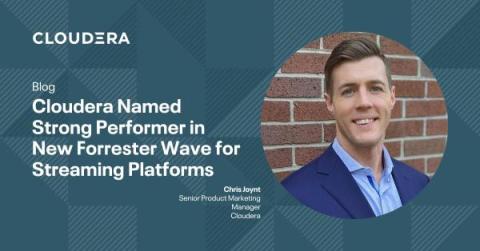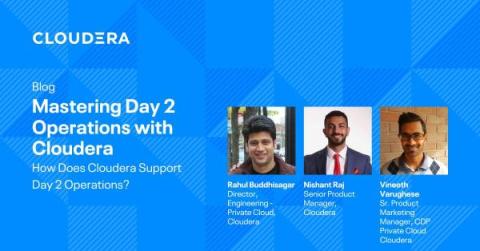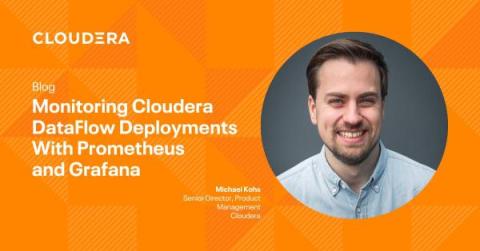Systems | Development | Analytics | API | Testing
Latest Posts
Mastering Day 2 Operations with Cloudera
Streams Replication Manager Prefixless Replication
Achieving Trusted AI in Manufacturing
Metadata Management and Data Governance with Cloudera SDX
Setting up and Getting Started with Cloudera's New SQL AI Assistant
Monitoring Cloudera DataFlow Deployments With Prometheus and Grafana
Cloudera DataFlow for the Public Cloud (CDF-PC) is a complete self-service streaming data capture and movement platform based on Apache NiFi. It allows developers to interactively design data flows in a drag and drop designer, which can be deployed as continuously running, auto-scaling flow deployments or event-driven serverless functions. CDF-PC comes with a monitoring dashboard out of the box for data flow health and performance monitoring.
Introducing the SQL AI Assistant:Create, Edit, Explain, Optimize, and Fix Any Query
Imagine you’ve just started a new job working as a business analyst. You’ve been given a new burning business question that needs an immediate answer. How long would it take you to find the data you need to even begin to come up with a data-driven response? Imagine how many iterations of query writing you’d have to go through. In this scenario, you also have reports that need updating as well. Those contain some of the biggest hair-ball queries you’ve ever seen.
Announcing Cloudera's Enterprise Artificial Intelligence Partnership Ecosystem
Cloudera is launching and expanding partnerships to create a new enterprise artificial intelligence “AI” ecosystem. Businesses increasingly recognize AI solutions as critical differentiators in competitive markets and are ready to invest heavily to streamline their operations, improve customer experiences, and boost top-line growth.
Optimizing the Value of AI Solutions for the Public Sector
Without a doubt, 2023 has shaped up to be generative AI’s breakout year. Less than 12 months after the introduction of generative AI large language models such as ChatGPT and PaLM, image generators like Dall-E, Midjourney, and Stable Diffusion, and code generation tools like OpenAI Codex and GitHub CoPilot, organizations across every industry, including government, are beginning to leverage generative AI regularly to increase creativity and productivity.









